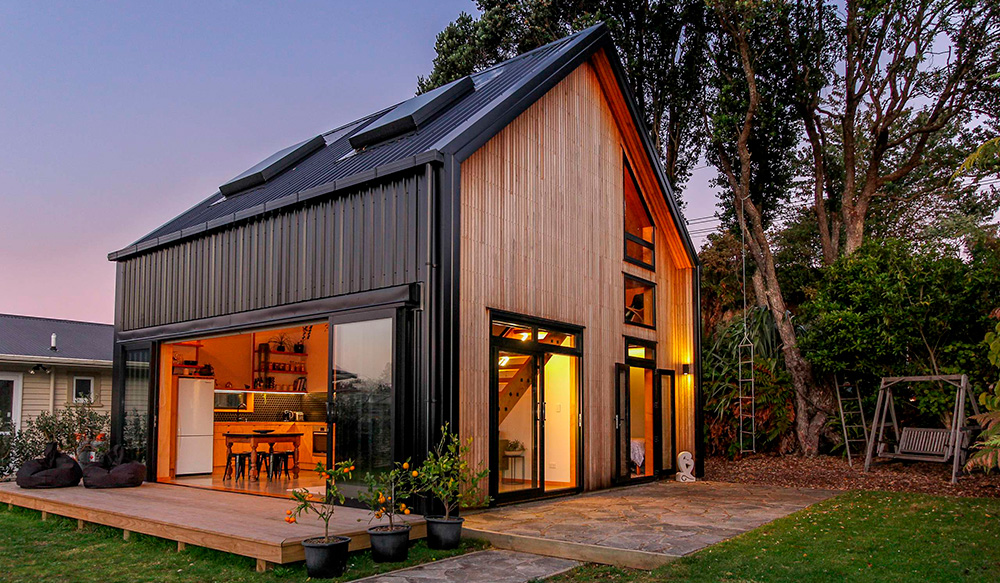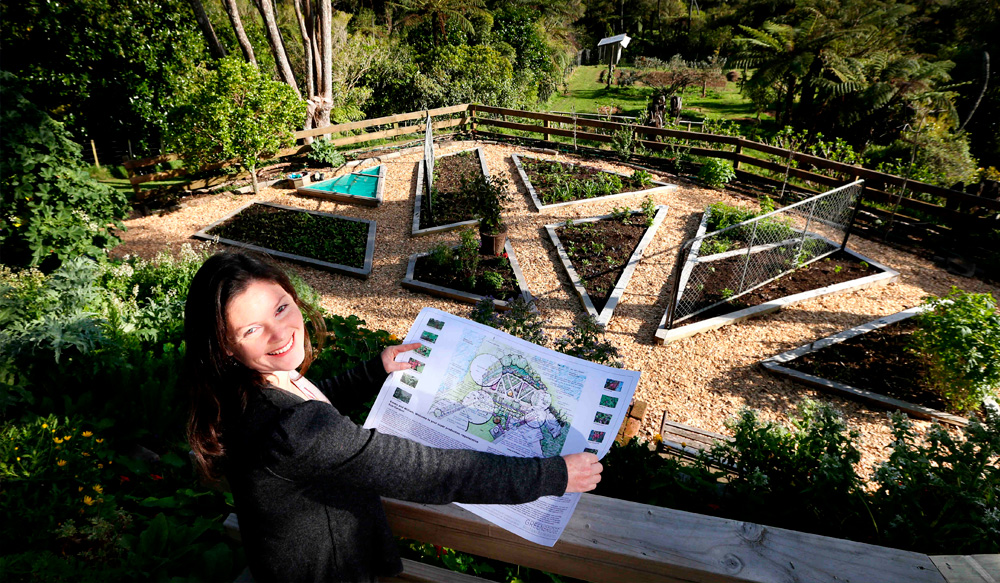

Nau mai
Green, Kiwi Eco Homes & Landscape Design by Greenbridge
You shouldn't have to choose between what's best for your family, the planet, and your budget. That's why our award winning designs, respond to and connect with nature, to create healthy, beautiful and resilient homes and landscapes, that care for both your whānau and the environment.
Greenbridge's team of regenerative specialists, design edible and ecological landscapes, green homes, and community projects. We empower you to create a more sustainable future, that won't cost the earth!
Homes
Healthy homes are made from non-toxic materials, that are safe for your family and the environment. They stay warm in winter, cool in summer and cost less to run. Greenbridge offers a custom design service, a range of pre-designed healthy home plans, a community design and build partner service for all your new home needs.
Landscapes
Regenerative landscapes respond to the form and habitats of the natural environment. They take less work to maintain, need less watering and are more resilient to changing weather patterns. Greenbridge designs edible gardens, lifestyle blocks, farms and wastewater systems that support you, heal the land and are beautiful.
How can we help you?
- Would you like to live in a beautiful healthy home?
- Do you want to grow nutritious food for your whānau?
- Do you need a permaculture plan for your lifestyle block?
- Are you considering a regenerative farm plan or diversifying?
- Would you like advice or help designing a wastewater system?
- Are you planning an eco-village or community project?
- Do you need help balancing sustainability and budget?
We’d love to hear about your project.
What we're about...
Greenbridge is a multi-disciplined design studio, based under the beautiful maunga Taranaki. Our five-person team have a wide range of professional skills, industry knowledge and experience which enables us to work across the fields of sustainable architecture, edible landscapes and community resiliency projects.
As a value lead impact enterprise, we strive for all our projects, to have positive environmental, economic and social impact. Greenbridge brings scale to permaculture practice in Aotearoa.
We walk beside you in a process designed to: clarify your needs; identify what your site can support; and combine the creativity of our design team, to help you develop a regenerative vision for your property. The plans and strategies we develop for you, will help you avoid common pitfalls, costly mistakes and save you time.
"Working with you to co-create property eco-systems that harmonise landscape and buildings, heal the land, increase resilience and nurture your whanau's wellbeing"





It really makes a difference to your day-to-day well-being"


Nothing is going to get better. It's not.”

We support...
Greenbridge sponsors organisations who like us have social and environmental wellbeing at their heart.
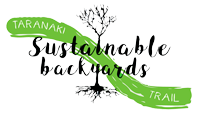


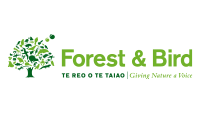
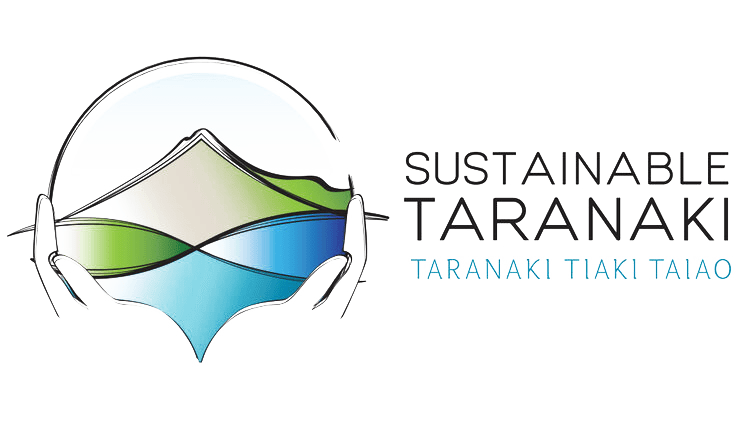
Sign up for our newsletter
No spam, just great regenerative news and tips!
Book a free one
hour meeting
Let’s talk about your vision for a sustainable lifestyle…







